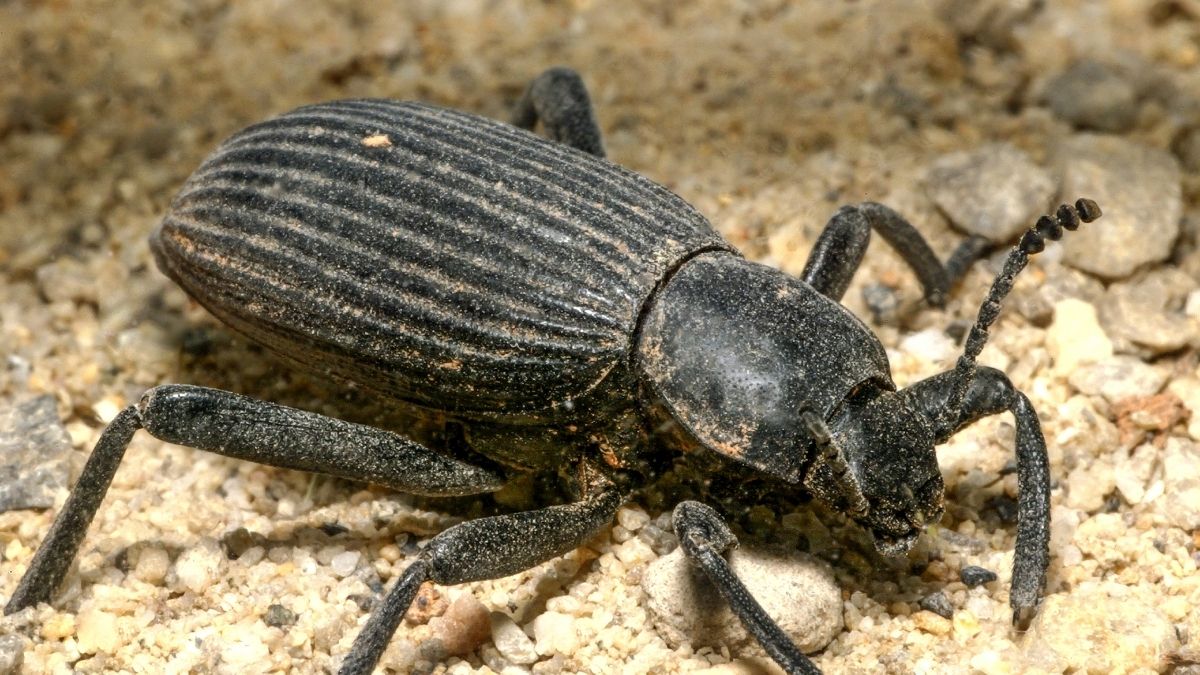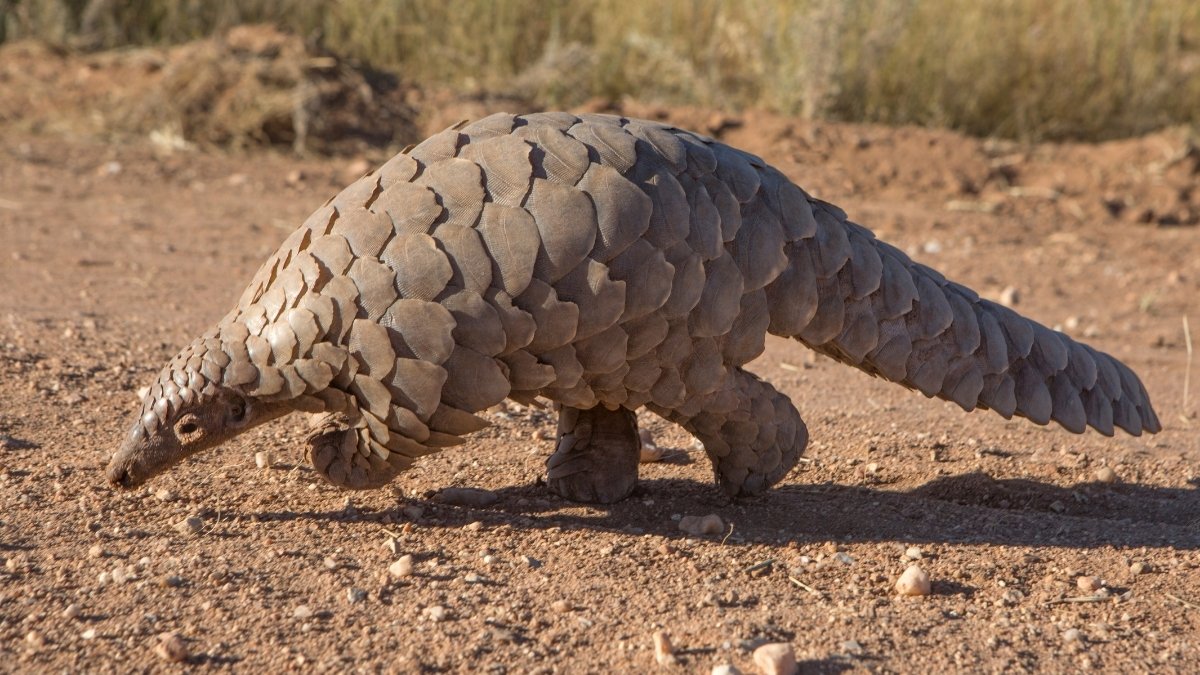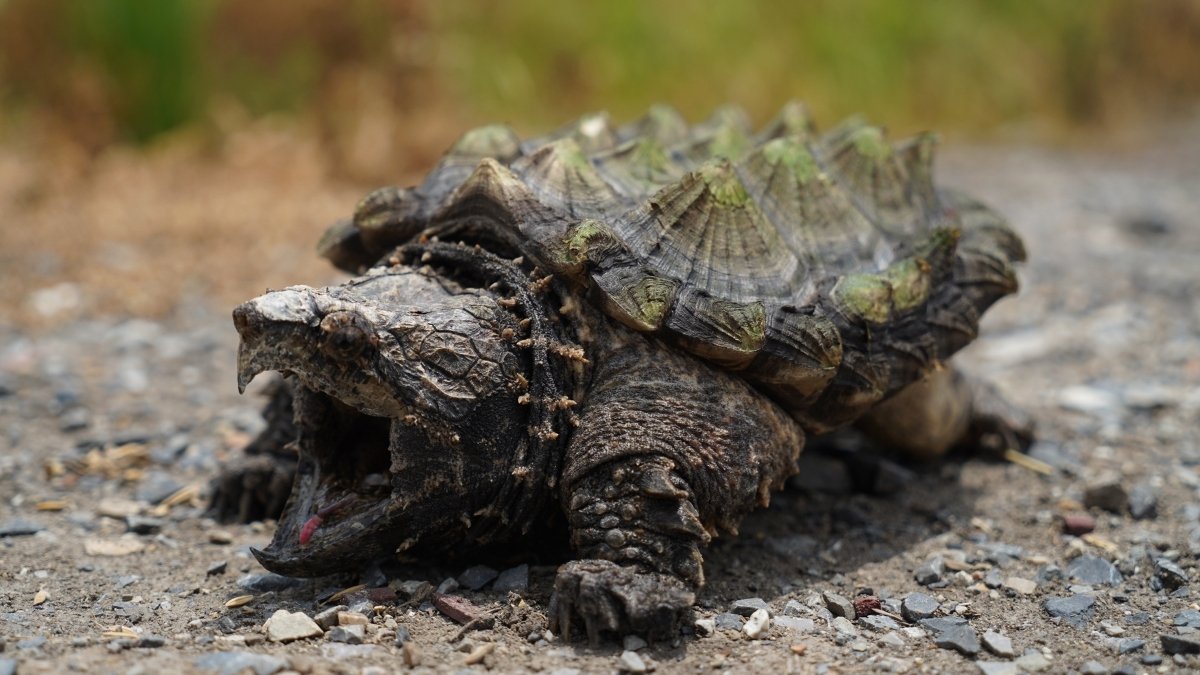Animals with Shell: Humans use technology to make protective gear, but many armored animals have been perfecting their natural defenses for millions of years. Scientists at places like the Massachusetts Institute of Technology (MIT) have even looked into how tough creatures like the Ironclad Beetle are to come up with new materials. A new study in the journal Nature showed how the beetle's exoskeleton, which can hold up to 39,000 times its body weight, could lead to new developments in engineering. These armored animals are not only amazing because they can survive so well, but they are also a model for the future. This list of animals with shells and other forms of natural armor will show you which ones are the toughest on Earth, from the deepest oceans to the driest deserts.
List of Animals with Armour Like Shell
Below is a table outlining the nine animals with the most formidable shells or armour, ranked from impressive to the absolute hardest.
| Rank | Name of Animal with Shell | Type of Armour | Key Feature |
| 1 | Ironclad Beetle | Exoskeleton | Can withstand immense crushing force. |
| 2 | Pangolin | Keratin Scales | Overlapping scales act like a suit of armour. |
| 3 | Armadillo | Bony Plates (Osteoderms) | A flexible, segmented shield. |
| 4 | Alligator Snapping Turtle | Shell (Carapace) | A rugged, spiked shell. |
| 5 | Nautilus | Chambered Shell | Gas-filled chambers allow for buoyancy control. |
| 6 | Abalone | Nacre Shell | "Mother of pearl" shell is tougher than ceramic. |
| 7 | Boxfish | Bony Plates | A hard, box-like body structure. |
| 8 | Horseshoe Crab | Exoskeleton | Ancient design has remained effective for millions of years. |
| 9 | Giant Clam | Bivalve Shell | Thick, heavy shell offers great protection. |
Check Out: List of 9 Most Beautiful Butterflies in the World (Ranked)
Why These Animals have Natural Armour
Here are the reasons why these armoured animals require a shell for their survival, and use it as a weapon too, at times.
1. Ironclad Beetle (Phloeodes diabolicus)

The Ironclad Beetle is at the top of our list. The exoskeleton of this beetle is a biological wonder, even though it is very small. A recent study found that its shell is so hard that scientists had to use a drill to put it in collections. The secret is in the way its hardened forewings, or elytra, fit together like pieces of a jigsaw puzzle. This structure lets the beetle live even if a car runs over it or someone steps on it. It is the best natural armor.
2. Pangolin

The pangolin is a mammal that is covered from head to tail in large, overlapping scales made of keratin, which is the same material that makes up human fingernails. It is often called the "walking artichoke." When it feels threatened, it rolls up into a tight ball that predators like lions and tigers can't get into. This protects its weak belly. This armour is so effective that it can resist a big cat's claws and teeth.
3. Armadillo

The word "armadillo" comes from the Spanish for "little armoured one." This mammal's shell is made of bony plates covered in leathery skin. The armadillo's armor is made up of separate pieces, which lets it move and, for some species like the three-banded armadillo, roll into a ball that is almost perfect for defense. It's a sign of how evolution works, giving protection without making it harder to move.
4. Alligator Snapping Turtle

Dubbed the "dinosaur of the turtle world," the alligator snapping turtle has a massive, spiky shell. This armoured animal's shell is not just a shield; its rugged appearance and ridges help it blend in with the rocky riverbeds it inhabits, providing a perfect form of camouflage.
5. Nautilus
The nautilus is a sea shell animal that has been around for more than 500 million years. It is a living fossil. The nautilus uses its iconic spiral shell to control its buoyancy, which lets it move up and down in the water column. The shell is made up of gas-filled chambers that are very complicated. The calcium carbonate-reinforced outer shell keeps predators from getting to its soft body.
6. Abalone

Courtesy - aquariumofpacific.org
Nacre, also known as mother-of-pearl, is the tough inner lining of the abalone's shell. It is a natural composite material made of tiny aragonite tiles and a protein matrix. The tile-like structure stops cracks from spreading, so even the strongest attempts to break the abalone's shell won't work.
7. Boxfish

Courtesy - ferrebeekeeper
Resembling a floating box, this fish is encased in a rigid, bony exoskeleton that looks like a honeycomb. The boxfish's body armour is a network of hexagonal plates that protect it from predators. Scientists are looking into this unusual structure, called a carapace, to make materials that are strong but light.
8. Horseshoe Crab
Even though its name suggests otherwise, the horseshoe crab is more like a spider than a crab. The hard, dome-shaped shell protects it from predators. This old armored animal has lived for more than 450 million years without changing much, which shows how well it protects itself.
9. Giant Clam
_Michaelmas_Cay-1758027753129.jpg)
The giant clam is the biggest bivalve mollusc. Its shell can grow to be more than a meter long and weigh more than 200 kilograms. Its two-part shell is very big and thick, making it a strong fortress against predators. It seals shut with a strong adductor muscle.
Check Out: List of 7 Animals with Biggest Eyes in the World and Why So? (Explained)
These animals show that natural design is often the best way to protect oneself in a world that is always changing. Their shells and armor, which have evolved over millions of years, not only help them stay alive but also give modern science and engineering ideas. These amazing animals show how strong and creative nature can be, from the deep sea to the desert floor.

Comments
All Comments (0)
Join the conversation